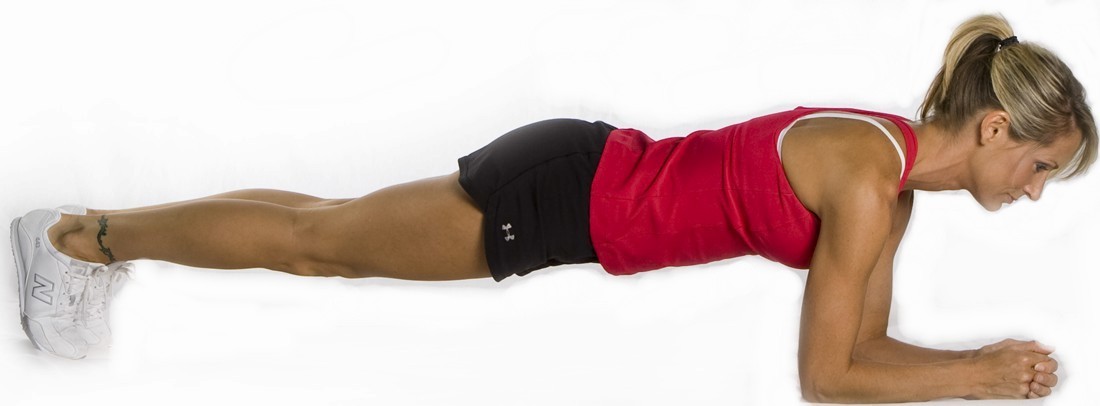

With proper plyometric training, you can boost your ability to effectively and safely absorb shock and thus reduce the risk of injury in sports and workout settings. For example, if you jump up to block the ball in a game of beach volleyball and don’t land back on the ground with good mechanics, you could tear a muscle, tendon, or ligament. “Most injuries occur when the body goes beyond its range of motion with control,” explains Hodges. Plyometric training can also help reduce your risk of injury both in sports and at the gym, since they improve your body’s ability to quickly absorb shock. This can come in handy for athletes whose sports require them to perform quick, powerful movements-like track athletes, for instance, or volleyball players. Plyos can also boost tendon strength and increase your rate of force development-essentially, your body’s ability to generate a lot of power really fast, says Hodges. They can help increase speed, strength, endurance, agility, and coordination, says Hodges. There are many benefits of plyometric exercises that might just convince you to add them to your workout routine. What are the benefits of plyometric exercises? But there are some upper-body-focused plyo moves, too, says Hodges-for instance, plyo push-ups and explosive medicine ball throws. That said, many plyometric moves-like jumping lunges, pop squats, and tuck jumps-place an extra emphasis on your core and lower half. In terms of which muscle groups plyos work, for the most part they are actually full-body movements, says Hodges. A plank, for example, is an isometric exercise. An isometric exercise, by contrast, involves muscles staying super still while they work. That’s because plyometrics involve quick movements and concentric (shortening) and eccentric (lengthening) muscle contractions. Now, people may wonder if plyometrics are an isometric exercise technique.


 0 kommentar(er)
0 kommentar(er)
